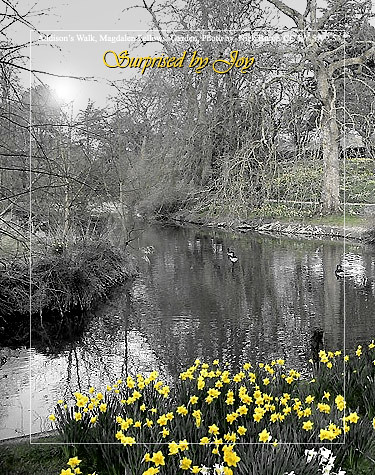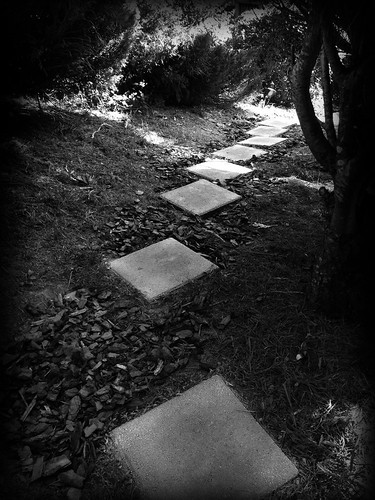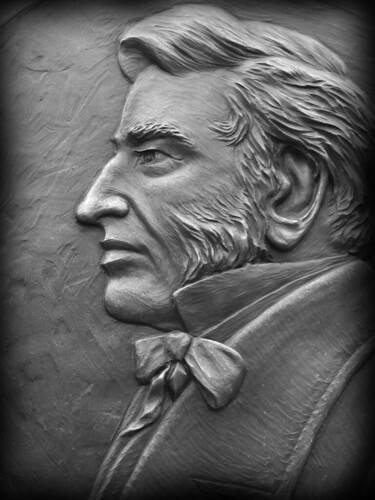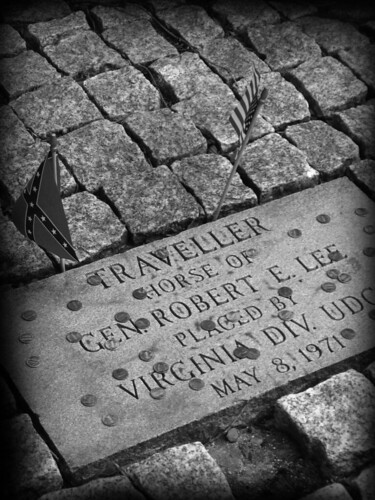
Volume XII, Issue VII
Cover: Addison's Walk (originally called the Water Walk) is a picturesque footpath around a small island in the River Cherwell in the grounds of Magdalen College, Oxford, England. There are beautiful views of Magdalen Tower and Magdalen Bridge from along the walk. The walk is named after Joseph Addison (1672–1719), a Fellow of the College from 1698 to 1711, who enjoyed walking there and wrote articles in The Spectator about landscape gardening. The path most likely dates from the 16th century, although the name "Addison's Walk" has only been in use since the 19th century. Addison's Walk originally finished at Dover Pier, an old Civil War gun position on the River Cherwell. It was made into a circular walk in the 19th century. The walk is referenced frequently in Justin Cartwright's novel The Song Before it is Sung. Addison's Walk was a favourite walk of the author C. S. Lewis (1898–1963), who for much of his life was another Fellow of Magdalen College. He regularly frequented Addison's Walk with friends who included Hugo Dyson and J. R. R. Tolkien.
-- Wikipedia
Our childhoods shape how we see the world. Our early experiences help define for us the struggle and the place of Faith in our lives. Here is an excellent piece on C. S. Lewis's observations on his own childhood and what he learned.
C. S. Lewis's story of his own journey to Faith.
Lewis describes the discoveries of his own childhood and how they coloured his coming to Faith. The simple creation by his brother Warnie of a garden in a box opened up the perception of joy and natural beauty to the young 'Jack,' who in his earliest days combined his love of knights in armor and 'dressed animals' to write fanciful stories.
Years later, he and his fellow 'Inklings' would return to such fancies to write the literature they felt no one else was writing. Their work forever enriched the literature of modern times, giving us Middle Earth and Narnia! Their work overlaid the modern 'world of reason' with the proper workings of Imagination and Meaning.
The Life of George Whitefield
[click to read]
by Josh Nielsen
George Whitefield was born in the Bell Inn in Gloucester, England on December 16, 1714. His father, Thomas, was the innkeeper there and was also a wine merchant (Anglican Library). Whitefield often made use of the events of his birth in his sermons later on in his life to “magnify” (Ruttenburg 437) his humble beginnings, though far from being prideful, saying that his nativity followed after “the example of [his] dear Saviour, who was born in a manger belonging to an inn” (Lambert 228-229). Lambert also says that Whitefield defended his autobiography against those who thought it presumptuous to parallel himself with Christ, declaring that “‘the Circumstance of my being born in an Inn has often been of Service to me’ in introducing men and women to the new birth” (229).
George was the youngest of seven children in his family. His father died when he was only two years old and his mother then struggled to provide for her family and run the inn (Anglican Library). George went off to St. Mary de Crypt Grammar School when he was twelve where he “earned a reputation as an actor and orator, but also a[s] a persistent truant” (A short biography of George Whitefield). Believing he would never make a use of his education, at age 15, he talked his mother into allowing him to drop school and help work in the inn (ibid).
One day a student from Oxford visited the inn and spoke to his Mother about how he worked his way through college, and it encouraged George to return to grammar school so he could attend Oxford (Anglican Library). After another year he then went on to Oxford where “he was enabled to attend despite humble family circumstances… by acting as servitor to a number of wealthy students” (Ruttenburg 432). Going to Oxford turned out to be a life changing experience for Whitefield. (read more)
"Safe Danger," The Studio Path
[click to read]
Creating a Journey in a Garden Walk

Phillip Johnson, the architect famous for his 'Glass House' also created on his Connecticut estate a monument to his college friend Lincoln Kirstien. Kirstien was a poet, connoisseur, philanthropist, and cultural figure in New York City. He helped found the New York City Ballet. Johnson's monument to his friend, the Kirstien Tower, is a steep stairway of stepping stones into the Heavens. A fitting tribute to a creative spirit!
In describing the tower, Johnson refers to the term 'Safe Danger.' Indeed the steep ascent requires stepping into the unknown and creates a feeling of excitement. Every venture into the creative world should. Thus the pathway to my studio, originally created by the need for an economical solution became a similar stairway into creative wonder. I don't think the Kirstien Tower was a direct inspiration so much as a wondrous connection to my own bit of 'Safe Danger.' (read more)
The Soldier Bear
Wojtek, the Soldier Bear actually fought in World War II with a unit of the Polish Army!
The America I Love

Bas relief of Claudius Crozet, engineer of the Blue Ridge Tunnel, at Virginia Military Institute in Lexington, Virginia.

The grave of Traveller, Robert E. Lee's war horse, beside Lee Chapel in Lexington, Virginia.

Waterslide, Massanutten, Virginia.
